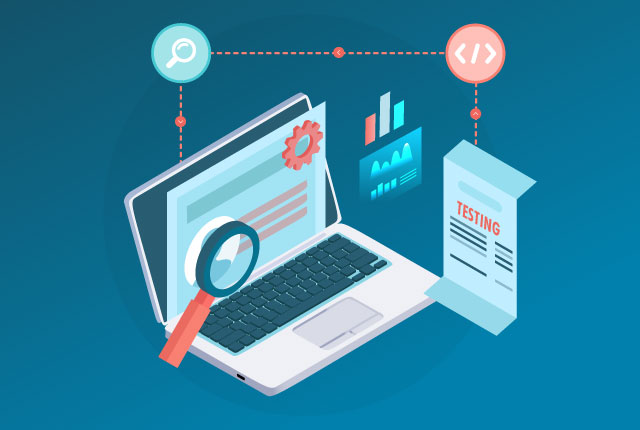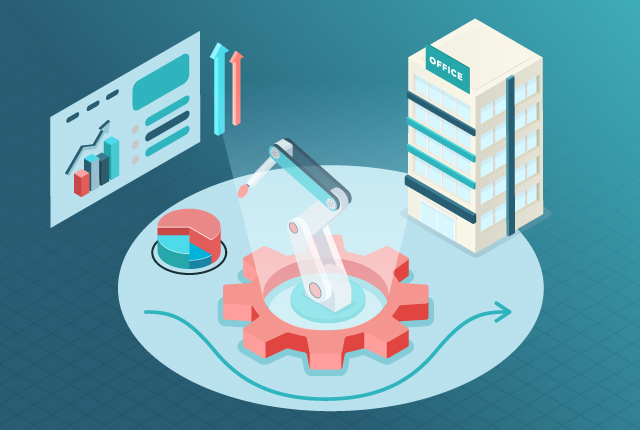An outsourced QA team brings specialized expertise, efficient processes, and advanced tools to optimize test coverage and execution. QASource helps organizations improve the reliability, scalability, and performance of their test management software.
QASource Blog
In our blog, we take a deep dive into the latest QA strategies, methodologies, and industry best practices driving the world of quality assurance. Follow our blog to get new ideas as to how to effectively deliver high-quality, bug-free software products, websites, and applications, while keeping costs low.

Leading brands are harnessing AI to accelerate software testing cycles in 2025. From predictive analytics to intelligent automation, AI enhances precision and reduces manual effort. QASource integrates these AI advancements to streamline test processes.
Creating a strong automation test plan ensures clear objectives, efficient test case selection, and structured execution. QASource shares expert tips to streamline processes and enhance software quality through thoughtful automation planning.
Postponing AI integration in software testing can trigger a snowball effect of rising costs, inefficiencies, and missed innovation. In 2025, avoiding AI may slow test cycles, reduce accuracy, and leave businesses behind more agile, AI-ready competitors.
In 2025, global data creation is projected to reach 181 zettabytes, a significant increase from 120 zettabytes in 2023. This exponential growth underscores the critical role of ETL (Extract, Transform, and Load) processes in managing and integrating data from diverse sources. ETL testing ensures that this vast data remains accurate, consistent, and reliable, essential for effective decision-making.
Ensure your agile test strategy drives real business value by aligning it with core goals. Learn how to connect testing efforts with measurable outcomes, enhance team collaboration, and prioritize features that matter in this practical guide by QASource.
Justifying ROI means measuring efficiency gains, defect reduction, and accelerated release cycles against implementation costs. QASource helps to make data-driven decisions, showcasing how strategic AI investments lead to productivity and quality improvement.
Leading organizations leverage AI to enhance software testing efficiency and accuracy. Companies like QASource integrate AI to optimize test automation, detect defects, and improve software quality. Discover the top 10 firms driving innovation with AI in testing.
Partner with top automation companies for faster testing cycles and improved accuracy, allowing businesses to accelerate software releases. Explore tips for hiring the right partner and why QASource is an ideal choice for businesses looking to optimize QA processes.
Written by QA Experts
QASource Blog, for executives and engineers, shares QA strategies, methodologies, and new ideas to inform and help effectively deliver quality products, websites and applications.
Categories
Authors
Our bloggers are the test management experts at QASource. They are executives, QA managers, team leads, and testing practitioners. Their combined experience exceeds 100 years and they know how to optimize QA efforts in a variety of industries, domains, tools, and technologies.








